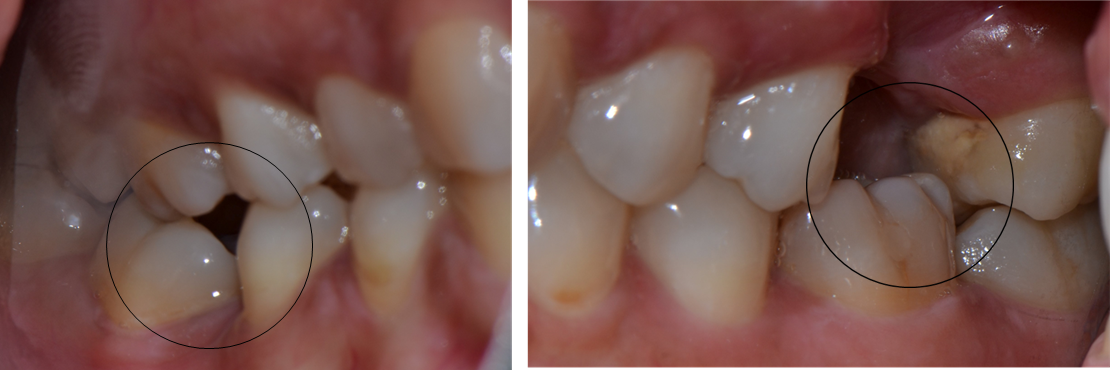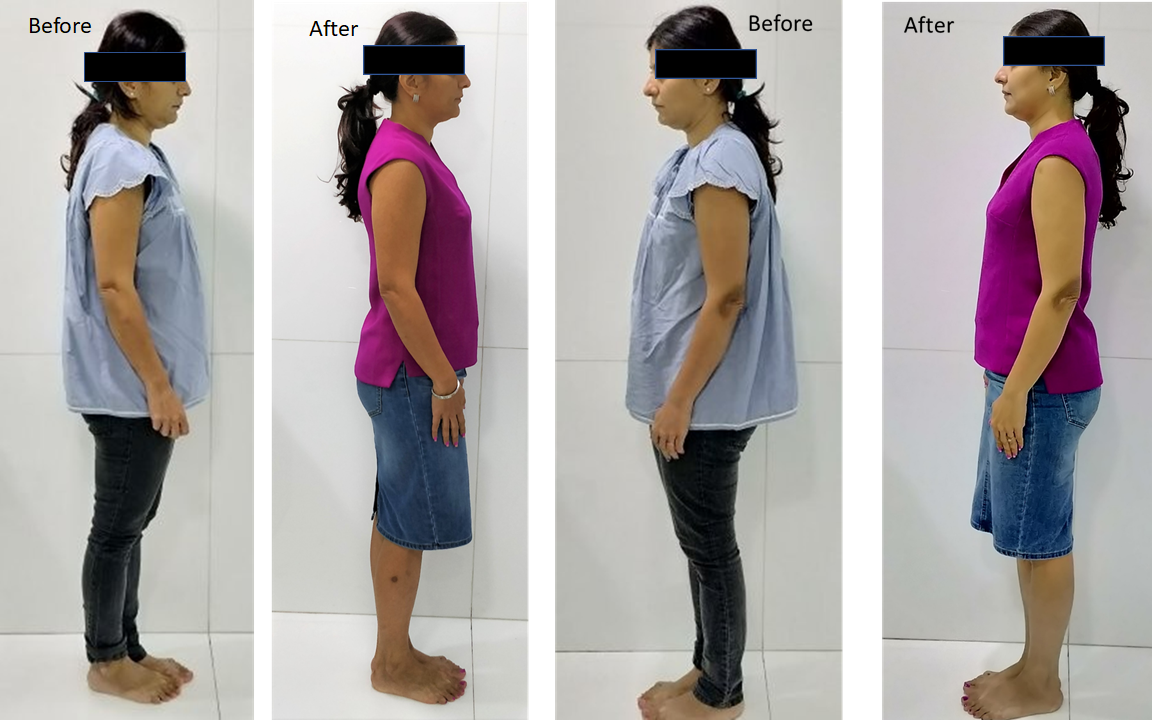Editor
22-Oct-2020
When most people talk about their oral health, brushing, flossing and mouthwash come to mind. While these tasks are crucial to maintaining oral hygiene, there may be one habit that could be affecting your jaws and it will surely surprise you. Dr. Rinku Jain, BioM Dentist, Sparsh Clinic, tells you all about it.
Each tissue of our body is interconnected. There is said to be a direct link between our head posture and bite, teeth contact, and, ultimately, jaw pain. Our bite (Bite is technically referred to as dental occlusion) influences our posture. It is the contact between the upper and lower teeth when the mouth is closed. To understand the relation between the bite and posture here’s a simple exercise:
Bend your neck backwards and close your jaw, notice that first, your back teeth come in contact with each other. Now bend your neck forwards and down towards the chest and close your jaw, notice that your front teeth will come in contact.
This exercise demonstrates how the bite and head position are interrelated. Our bite determines the position of our jaw, hence it also affects the position of our head on our spine. Your teeth and skeleton are interconnected, that is your head, spine, pelvis and the legs. Our teeth are the ones that help us to maintain our head position. As and when there is a change in the biting pattern, the body adjusts itself which involves the muscles of head & neck, back, pelvis, leg and feet.
While most times poor posture is neglected, in the longer run, it leads to injuries and chronic inflammation and muscle spasms.
Causes leading to change in the bite(malocclusion) are as follows:
Symptoms associated with a change in bite patterns are:
When the bite is involved you must visit a dentist to correct the problems so that the muscles of the face and neck, the TMJ, nerves and ligaments all work harmoniously without any strain and tension.
Correction of the bite depends on the cause and the extent of damages already done. Using the most advanced digital occlusal analysis(T-scan) needs to be used, so that the bite can be balanced, so the muscles, Jaw joint, and nerves are all relaxed. So, if you face any of the problems mentioned, consult with your dentist, to see the involvement of your bite and get it corrected.

In the images above, you can observe that the circled area shows the teeth have moved from its normal position into the space where the tooth has been removed. This leads to a change in your body posture and other bite problems. Once this is corrected and bite aligned with T-scan, the posture is automatically corrected (as seen in the images below) along with other symptoms of teeth sensitivity and headaches.

In the images before you, you can notice the forward head position and slouched back. The after images indicate a straight neck and back position.